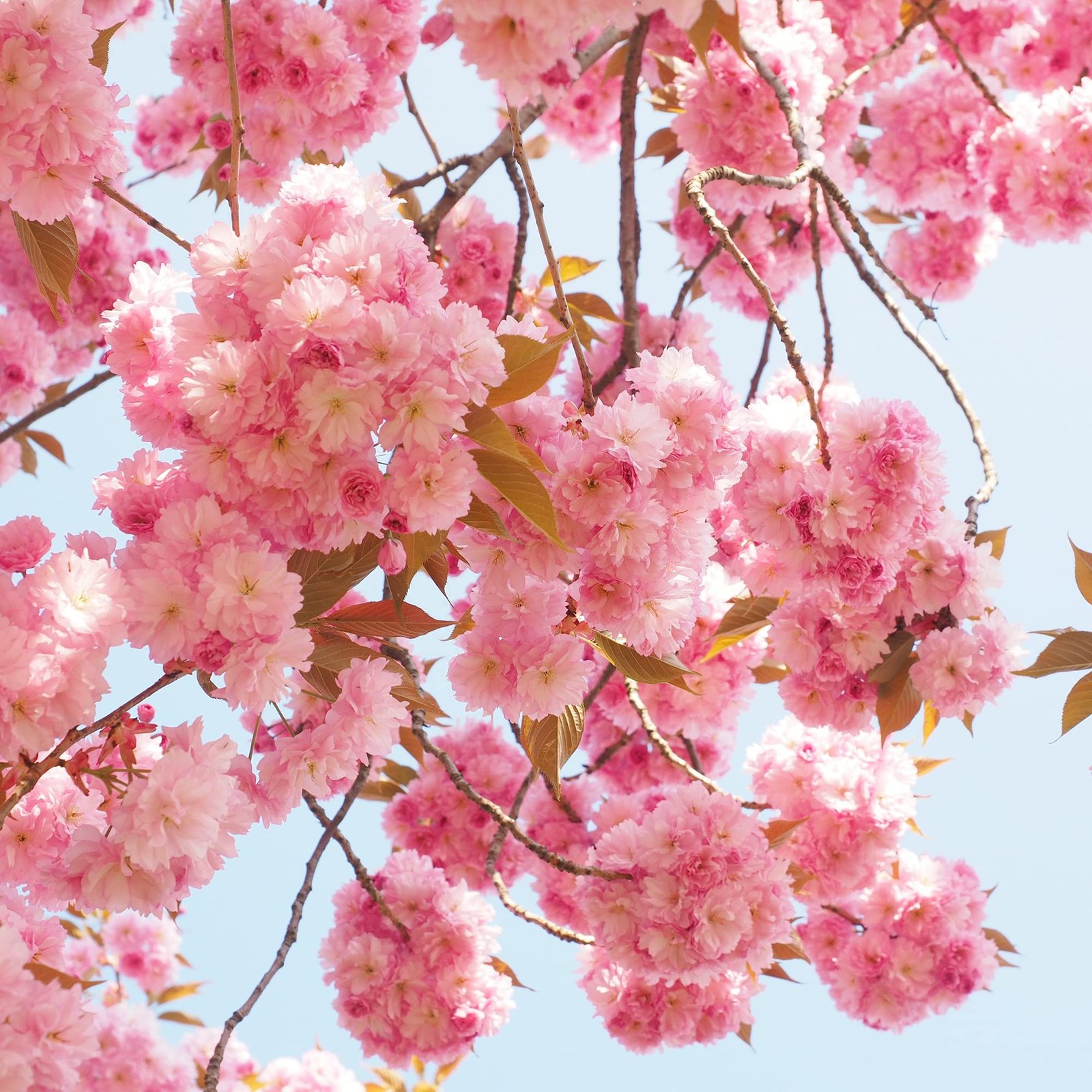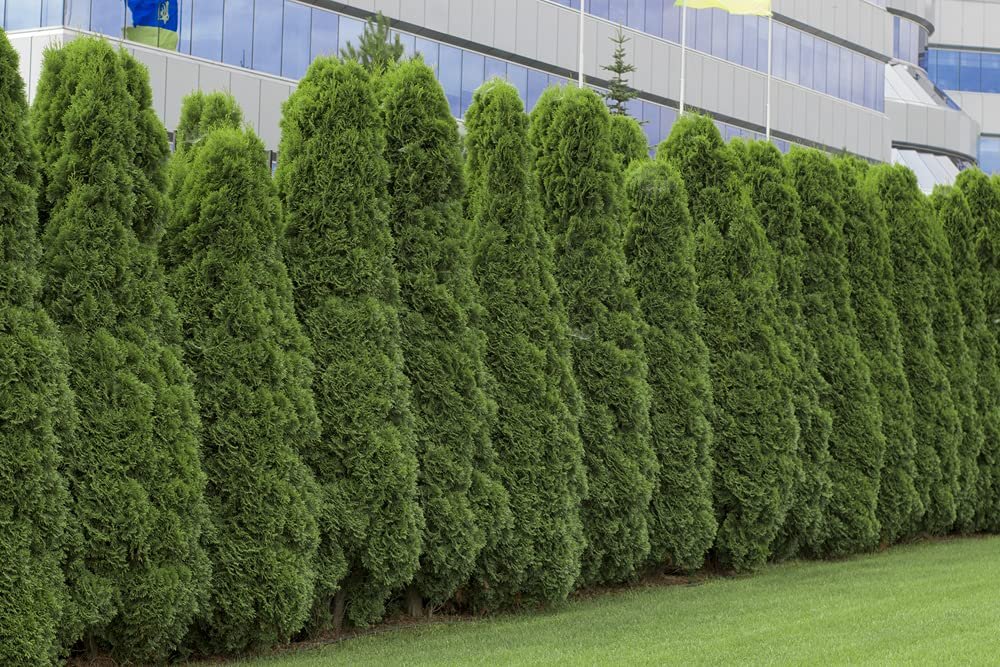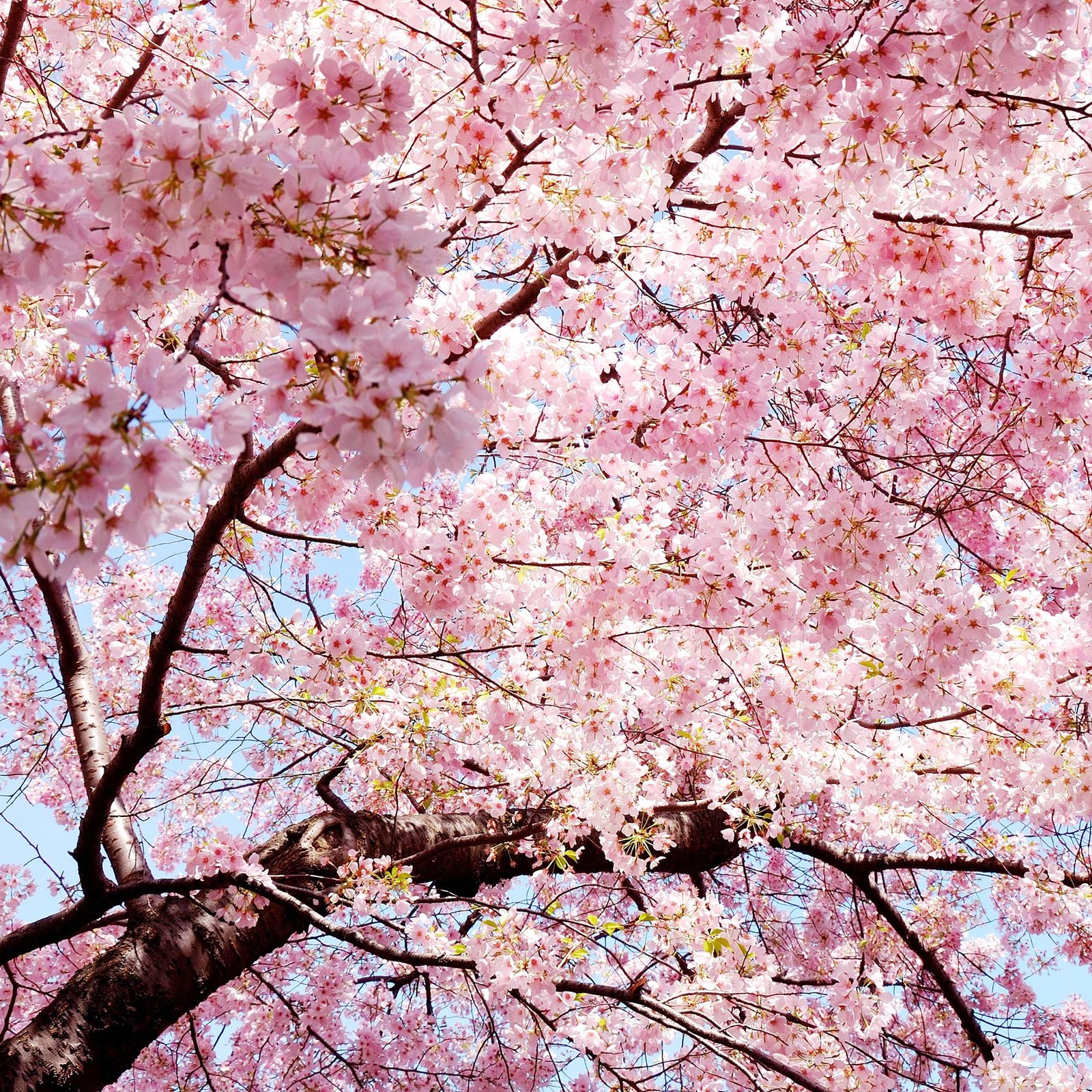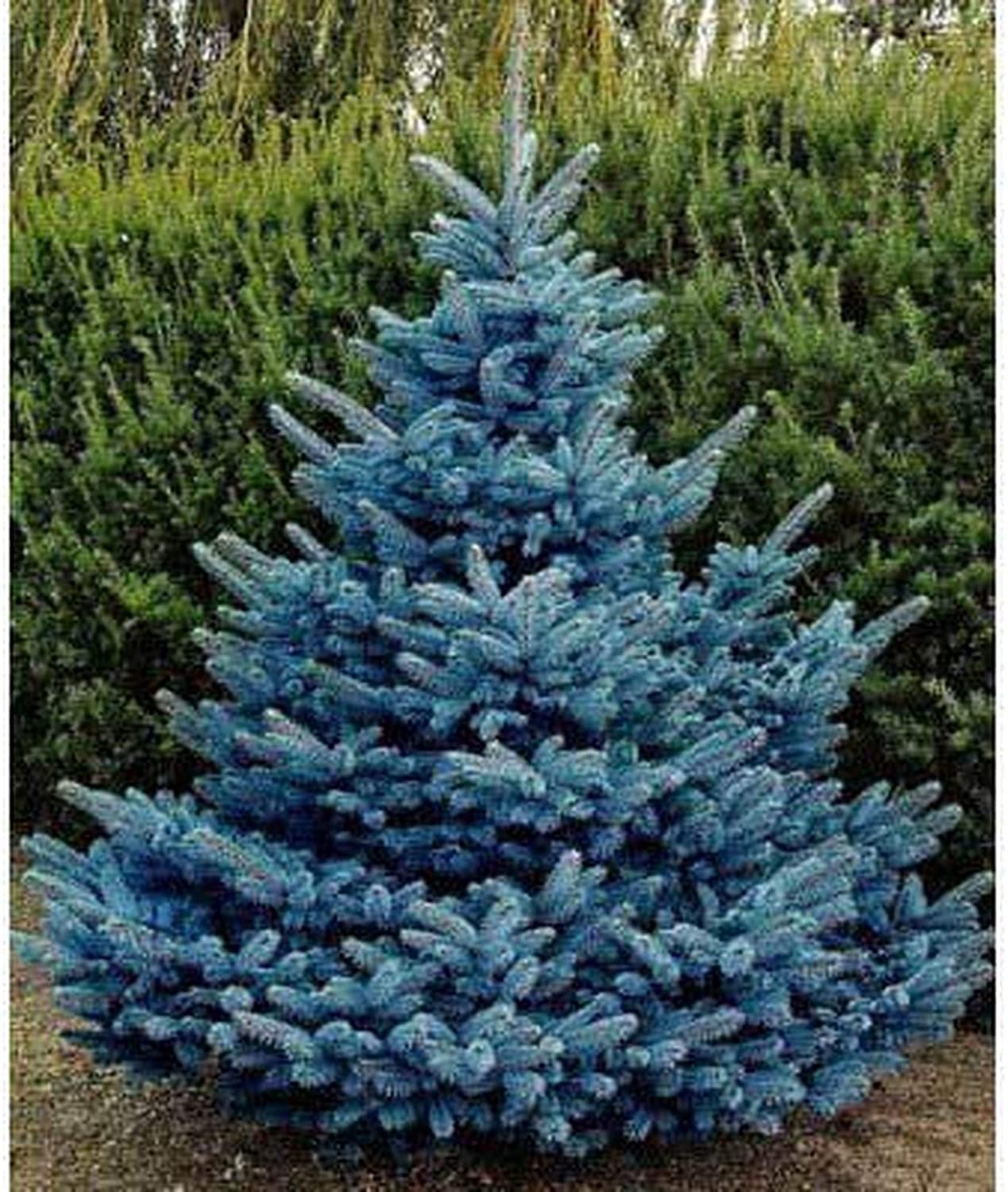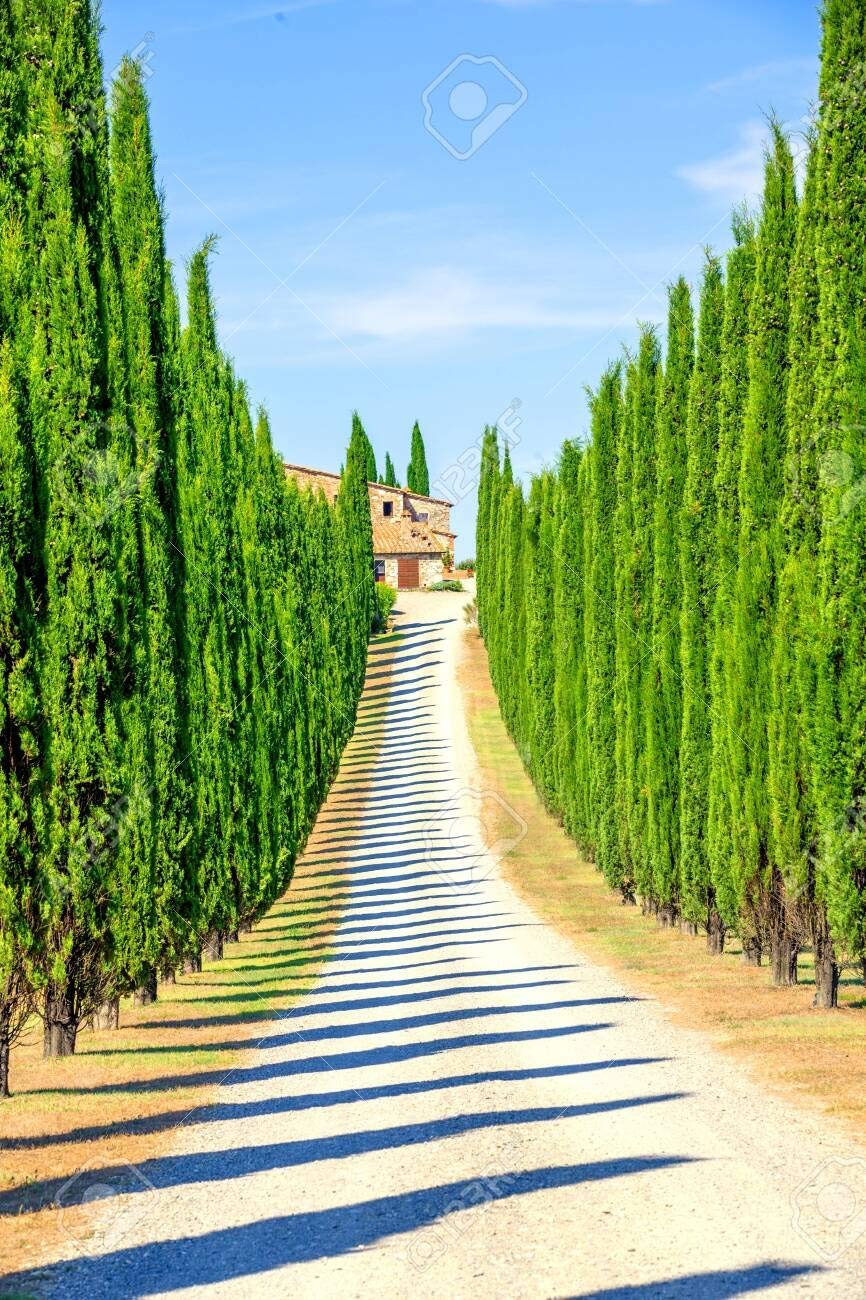Tree seeds can provide a beautiful and functional addition to any backyard.
They offer not only aesthetic appeal but also environmental benefits like improved air quality and wildlife habitats.
Choosing the right trees can transform your outdoor space into a serene oasis or a lively gathering spot, depending on your vision.
When looking for tree seeds, consider factors such as the climate suitable for growth, the size of the trees at maturity, and their maintenance needs.
Some trees might need more water or specific soil types, while others could attract unwanted pests.
It’s important to pick species that fit well with your local environment and your landscaping goals.
I explored various tree seeds and how they can enhance backyard landscaping, focusing on features like growth rate, potential size, and ease of care.
Finding the right seeds can make all the difference in creating a thriving landscape.
Best Tree Seeds for Backyard Landscaping
I’m excited to share my top picks for tree seeds that can transform your backyard into a lush paradise.
These seeds not only add beauty but also provide shade and habitat for wildlife, making them a great addition to any outdoor space.
Let’s dive into the best options for your landscaping needs!
Japanese Cherry Tree Seeds
I recently planted some Japanese Cherry Tree seeds, and I’m quite pleased with the experience.
- Beautiful flowers that create a stunning visual impact.
- Attracts pollinators like butterflies and bees.
- Offers some cold tolerance, making it versatile for different climates.
- Germination might take longer than expected.
- Requires specific treatment like cold stratification.
- Needs proper spacing and conditions for good growth.
These seeds come with a few steps to ensure successful germination, including cold stratification.
I found this process to be simple: just dampen some paper towels, seal the seeds, and refrigerate for a couple of months.
It’s well worth the effort as the results are spectacular.
Once it’s time to sow, preparing the right containers and soil is essential.
I mixed nursery soil with some nutrient-rich material, creating an ideal environment for the seeds.
Sowing them was straightforward; I just placed them on the surface, ensuring light contact with the soil but left them uncovered.
Watching the seedlings grow has been rewarding.
After germination, it was a relief to see them thriving under moderate light and water.
I am excited for the day when I can transplant them outdoors, turning my backyard into a beautiful sanctuary filled with charming blooms.
50 American Arborvitae Tree Seeds
I’m not sure I’d recommend these seeds due to the low germination rate.
- They are intended for creating privacy screens or lovely landscaping.
- The seeds are offered in a convenient 50-count package.
- Full sun exposure requirements make them suited for most backyards.
- A significant number of seed failures reported by users.
- Instructions can be confusing, leading to missed steps.
- Low customer rating, reflecting widespread dissatisfaction.
Right after purchasing the 50 American Arborvitae tree seeds, I felt enthusiastic about enhancing my backyard.
The idea of planting cypress trees that could provide privacy and beauty seemed perfect.
However, after following the preparation techniques laid out by the manufacturer, I found myself a bit let down.
I tried their recommended method – soaking half the seeds in a damp paper towel and refrigerating them for several weeks.
Unfortunately, none of the seeds germinated.
I also attempted to plant some directly in good potting soil, thinking that perhaps this direct method would yield better results.
Again, zero success.
Given the feedback from other customers, I realize I wasn’t alone in this experience.
Many have voiced similar frustrations, noting that seeds arrived but didn’t sprout at all.
If you’re looking for reliable seeds that will grow into trees, you might want to consider other options.
Japanese Cherry Tree Seeds
I think these seeds are a great pick for anyone wanting to add some stunning beauty to their yard.
- Beautiful pink blooms that create a stunning visual impact.
- Attracts butterflies and bees, enhancing the garden’s ecosystem.
- Moderate cold tolerance allows for growth in various climates.
- Requires specific germination conditions, which can be a bit tricky.
- Slower growth when young, needing some patience.
- May not bloom until a few years after planting.
Planting these Japanese Cherry Tree seeds was a rewarding experience for me.
I started by using the recommended cold stratification method.
After chilling the seeds for a couple of months, I prepared my seedling trays with nutrient-rich soil.
The vibrant colors of the flowers, ranging from deep pink to soft white, really brought life to my garden once they blossomed.
The growth process requires attention, but the payoff is worth it.
I found that providing them with light—without the harsh direct sun—kept them healthy.
Watching them attract local butterflies and bees was an added bonus, signaling that my garden was flourishing.
Just remember that patience is key because the youngsters might take some time to grow tall and strong.
Transplanting the seedlings into the yard felt like a milestone.
Once they were robust enough, I positioned them where they’d soak up the sun.
Creating a space for these trees not only beautified my landscape but also offered a habitat for local wildlife.
If you enjoy a low-maintenance but visually appealing tree, these seeds are definitely worth considering!
Blue Spruce Seeds by CZ Grain
While I found some success with these seeds, I’d recommend a bit of patience and preparation if you’re considering adding them to your backyard.
- Seeds have good potential for germination with proper prep.
- Colorado Blue Spruce makes for an attractive addition to any yard.
- The seeds could benefit environmental efforts such as climate change awareness.
- Germination can be tricky; not all seeds sprouted for me.
- Some users reported receiving fewer seeds than promised.
- Lack of detailed instructions may frustrate novice gardeners.
When I first tried planting these Blue Spruce seeds, I was hopeful about creating a lush privacy screen for my yard.
The initial step of stratifying the seeds involved soaking them in warm water, which I learned from online resources.
This was a game-changer! After following the instructions carefully, a few seeds did sprout wonderfully, providing those brilliant blue hues I was after.
However, my experience wasn’t completely smooth sailing.
I encountered several hiccups along the way.
The seeds can be quite finicky; while some sprouted well, others failed to show any signs of life.
I wasn’t alone in this, as I came across reviews from other buyers who struggled similarly.
In the end, while I appreciated the aesthetic appeal and environmental benefits, these seeds required diligence and consideration.
If you’re willing to invest some time and effort, the Colorado Blue Spruce has the potential to thrive in your landscape.
Italian Cypress Seeds
I had mixed experiences with these Italian Cypress seeds, but if you’re looking to add an exotic touch to your garden, they might still be worth a try.
- Attractive evergreen foliage that enhances landscaping aesthetics.
- Suitable for hedge rows, providing privacy and a neat look.
- Good seed quantity—50 seeds per pack means you have options to work with.
- Germination rates can be unpredictable; not all seeds sprout.
- Some users report receiving fewer seeds than advertised.
- Requires patience and specific care to see results.
I really liked the idea of having Italian Cypress trees in my backyard.
The evergreen look appeals to many gardeners, and I was excited to start this journey.
The seeds came packed neatly, and I appreciated having 50 of them to experiment with.
After following the recommended germination methods, I faced some challenges.
While a few seeds did sprout beautifully, I did lose some time and hope with several that didn’t make it.
Honestly, it seems like germination can be hit or miss.
A friend who planted a larger batch had decent success, so perhaps my experience was just unlucky.
Buying Guide
When choosing tree seeds for my backyard, I look for a few key factors.
Climate Compatibility
Make sure the tree species can thrive in my local climate.
The USDA Plant Hardiness Zone Map helps determine suitability.
Growth Rate
Some trees grow faster than others.
I prefer trees with a balanced growth rate for quicker results without becoming too large too soon.
Size at Maturity
I think about the mature size of the tree.
A small yard might not support a giant oak, so I consider space and shading.
Soil Type
Different trees have different soil needs.
Acidic, sandy, or clay soils will impact growth.
I ensure I’m picking seeds that match my soil type.
Purpose
What’s my goal with the tree? Whether it’s for shade, flowers, or fruit, aligning the type of tree with my goals is essential.
Seed Quality
I consider the quality of the seeds.
I look for seeds that are whole, free from mold, and sourced from reputable suppliers.
Germination Rate
Seeds with higher germination rates are more reliable.
I usually seek out that information before purchasing.
Price
Lastly, I keep an eye on my budget.
Prices can vary widely, so I compare options to find the best value.
By keeping these factors in mind, I can select the right tree seeds for my landscaping project.


